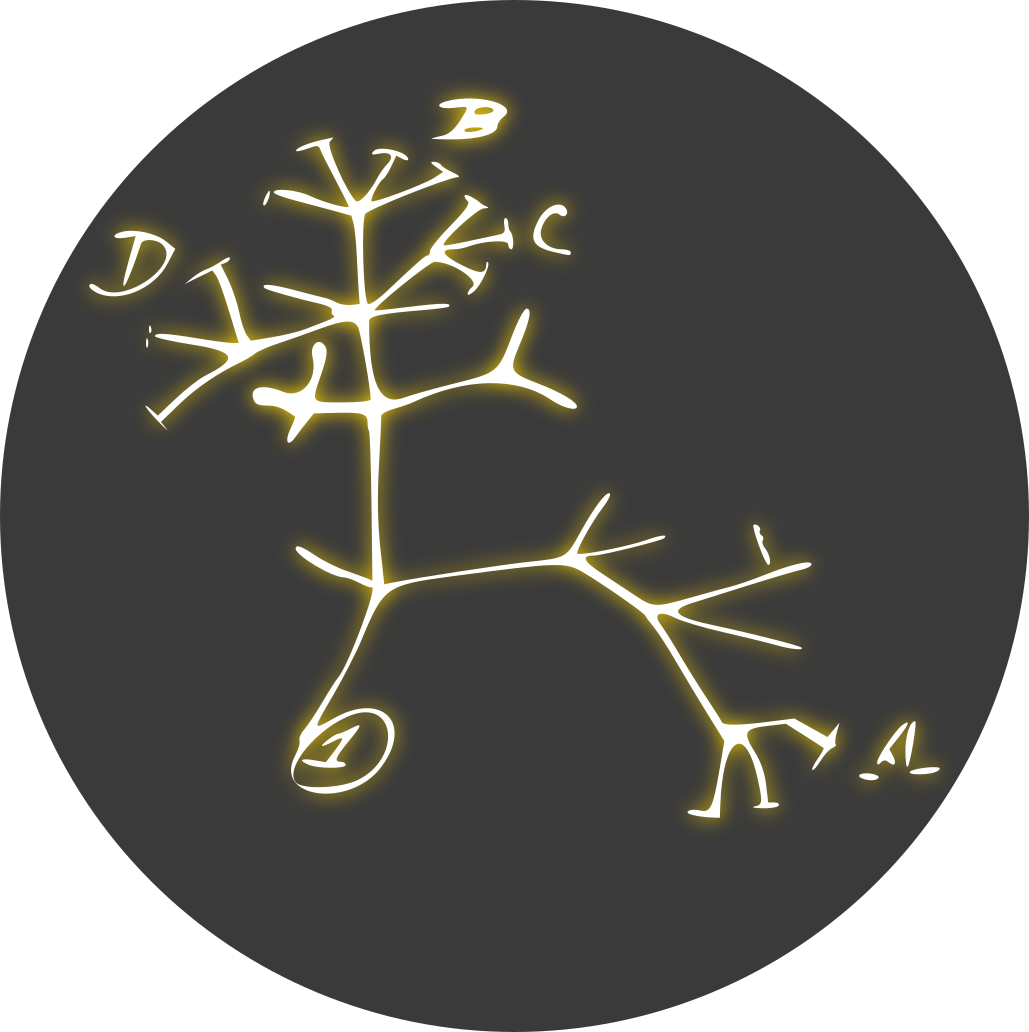Researchers don’t know exactly how psilocybin, a psychoactive compound found in psychedelic mushrooms, evolved. Now, a new study adds to the mystery: Its findings reveal that two different groups of fungi came up with independent ways to produce the seemingly magical molecule.
In a paper published September 21 in the journal Angewandte Chemie International Edition, scientists analyzed the genes and proteins used by Psilocybe and Inocybe mushrooms to make psilocybin. To their surprise, they found that the two genera of mushrooms produce the compound using completely different pathways.


I think reindeer eat them, but I’m not sure if they trip.
Psilocin is excreted in urine unchanged. I believe native shamans would drink the reindeer’s piss after it had eaten psilocin containing mushrooms that were otherwise inedible to humans.
I could be misremembering, but I think people would also drink the shaman’s piss after they “filtered” it?
What you’re referencing are Aminita Muscaria mushrooms. The active hallucinagenic compound is not psilocybin but rather muscimol. Psilocybin is a classic psychedelic, while muscimol is a depressant with sedative and dissociative properties.
It is true that muscimol doesn’t break down completely after ingestion, and shamans have used reindeer urine to consume what was left over.
I’m not sure how much psilocin (a metabolate of psilocybin) remains in urine, but it stands that the two compounds are very different, and interact with the human nervous system differently, even though the perceived effects are similar.
Ah OK yeah that sounds right. Thanks.
Just checked, and psilocin is also excreted through urine largely unchanged as well.